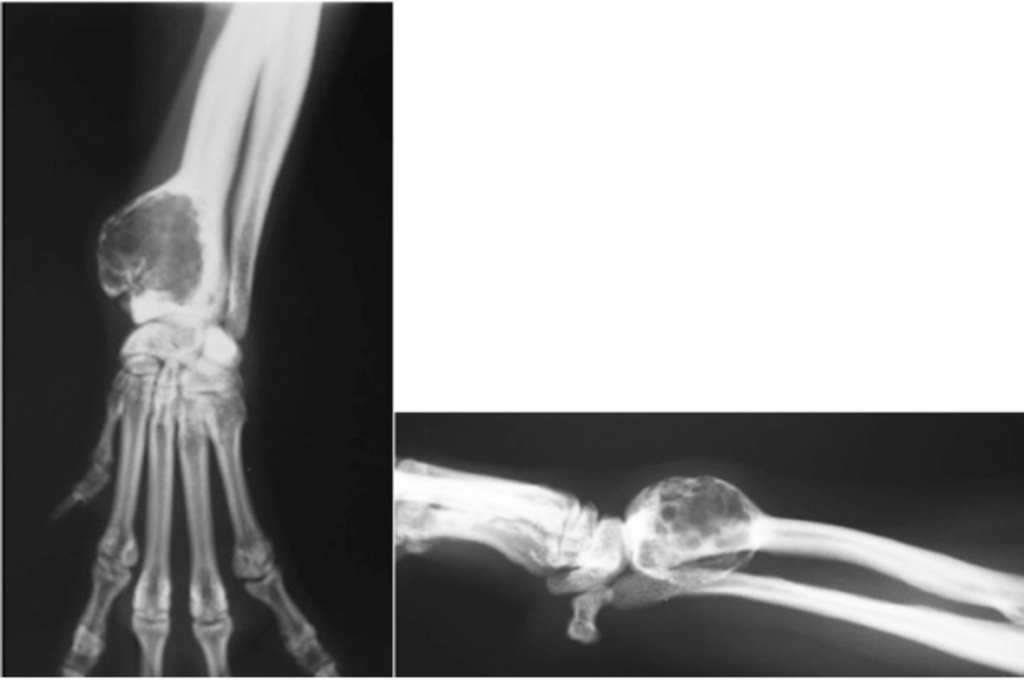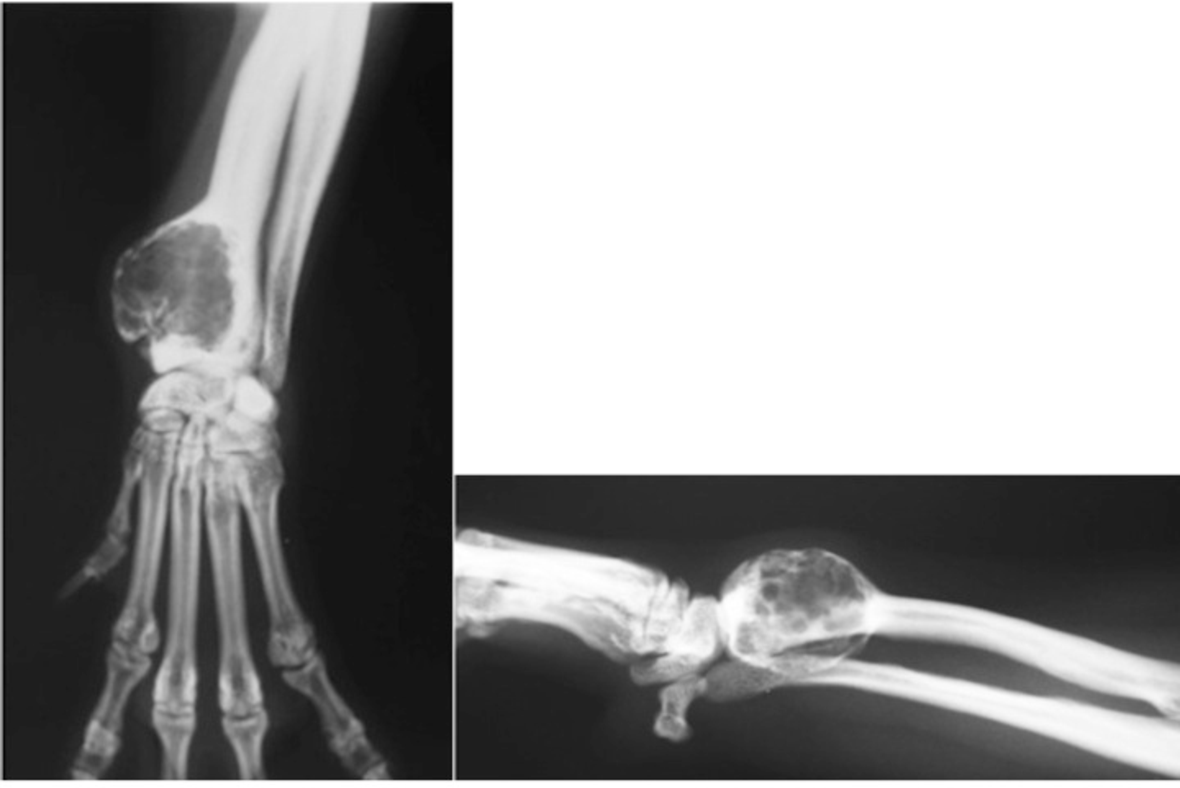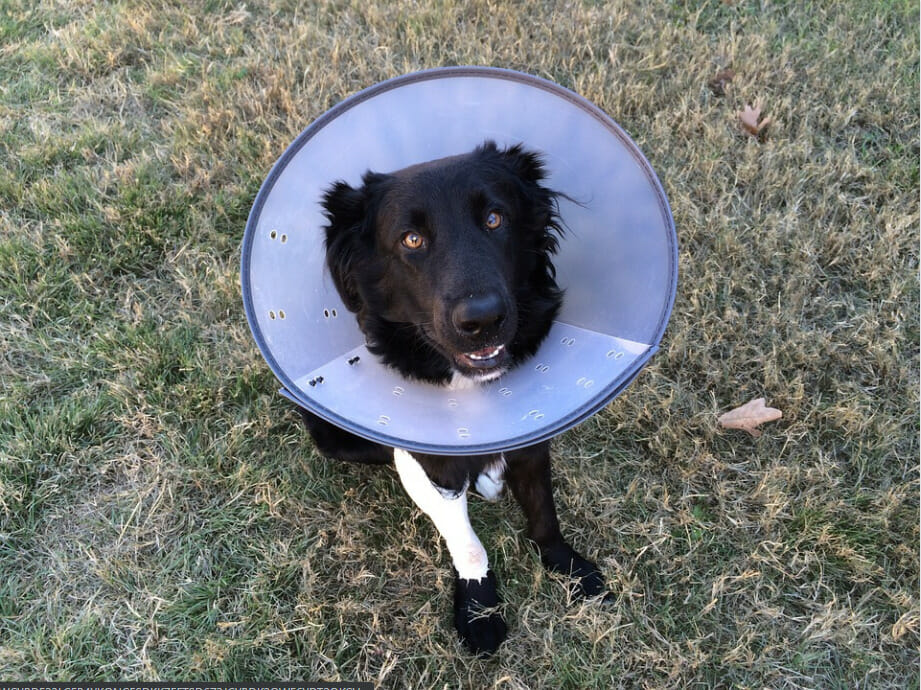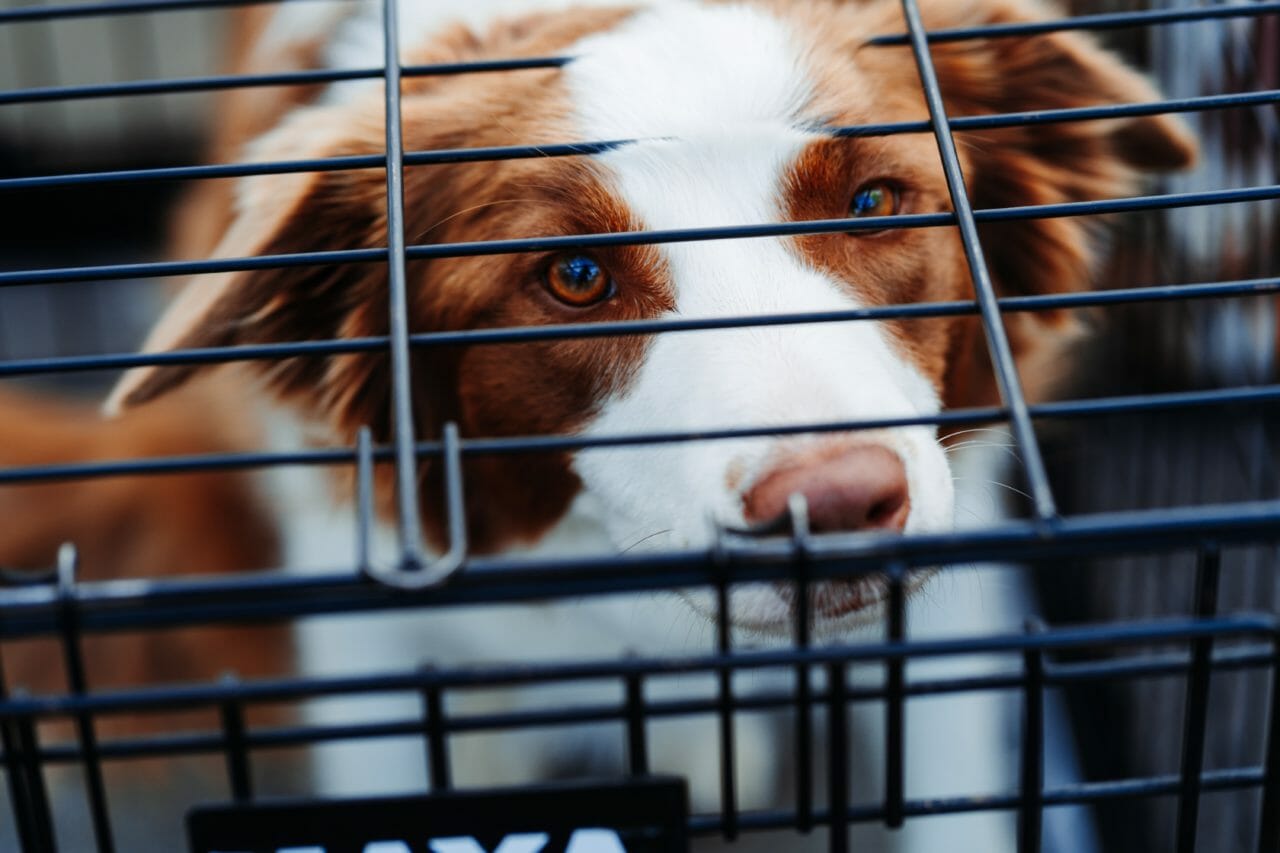Learn more about canine bone cysts — the signs, symptoms, and causes — and discover how this ailment is diagnosed, treated, and prevented.
Canine bone cysts are abnormal growths that can develop in the bones of dogs. These growths are usually benign, but in some cases, they can become cancerous. Bone cysts can occur anywhere on the skeleton, but they are most commonly found in the long bones of the legs.
In this article from RehabPet.com, we’ll take a look at bone cysts in dogs — what they are, what causes them, and how they’re treated. We’ll also offer some tips on how you can prevent bone cysts from developing in your dog.
What Are Bone Cysts?
Bone cysts are fluid-filled sacs that develop within the bone tissue. They are not tumors, but they do have the potential to develop into cancer if left untreated. However, they can cause the bone to weaken and may lead to fractures.
There are two types of bone cysts: unicameral and aneurysmal.
- Unicameral Cysts: Unicameral bone cysts are the most common type of bone cyst. They occur when a small pocket of fluid forms within the bone tissue. These cysts are usually caused by trauma and blood clot formation, but they can also be caused by blood-flow obstruction and fluid accumulation within the bone.
Aneurysmal Cysts: Aneurysmal bone cysts are less common than unicameral cysts. They occur when a larger pocket of blood forms within the bone tissue. These cysts are usually caused by damage to the blood vessels within the bone, infection, tumors, or inflammation.

What Causes Bone Cysts?
Bone cysts can be caused by a variety of factors, including trauma, infection, tumors, and inflammation.
- Trauma: Trauma is the most common cause of bone cysts. When a bone is fractured or damaged, it can cause the formation of a small pocket of fluid within the bone tissue. This pocket of fluid can then become infected, leading to the formation of an abscess.
- Infection: Infection is another common cause of bone cysts. When bacteria enter the bone through a wound or fracture, they can cause the formation of an abscess. Abscesses are often difficult to treat and may require surgery to drain the pus.
- Tumors: Tumors can also cause the formation of bone cysts. Tumorous growths can damage the blood vessels within the bone, leading to the formation of an aneurysmal bone cyst.
- Inflammation: Inflammation is another possible cause of bone cysts. When the tissue around a bone becomes inflamed, it can damage the blood vessels and lead to the formation of an aneurysmal bone cyst.
Which Dog Breeds Are More Susceptible to Bone Cysts?
Bone cysts can occur in any dog breed, but they are more common in certain breeds.
Large breeds are more likely to develop bone cysts than small breeds. Bone cysts are also more common in dogs that are less than one year old.
Some of the most common breeds that are affected by bone cysts include:
- Great Danes
- Labrador Retrievers
- Golden Retrievers
- German Shepherds
- Irish Wolfhounds
- Dalmatians
What Are the Signs and Symptoms of Bone Cysts?
The signs and symptoms of bone cysts vary depending on the type of cyst and the location of the cyst.
Unicameral bone cysts are usually asymptomatic unless they become infected or grow large enough to warrant attention. If an infection does occur, the dog may show signs of pain, lameness, and fever.
Aneurysmal bone cysts are more likely to cause symptoms than unicameral cysts. The most common symptoms are pain and lameness. Aneurysmal bone cysts can also cause the bone to weaken and break (fracture). In some cases, aneurysmal bone cysts can compress nerves or blood vessels, causing paralysis or loss of sensation.
How Are Bone Cysts Diagnosed?
Bone cysts are typically diagnosed with a physical examination and imaging tests. Your vet will look for signs of swelling, pain, and tenderness.
Imaging tests, such as X-rays, can be used to detect bone cysts. However, X-rays alone cannot always confirm the diagnosis of a bone cyst. In many cases, a computed tomography (CT) scan or magnetic resonance imaging (MRI) will be needed to confirm the diagnosis.
In addition, biopsies are often used to diagnose bone cysts. A small sample of tissue is taken from the affected area and examined under a microscope. This can help to confirm the diagnosis and rule out other conditions.
How Are Bone Cysts Treated?
The treatment of bone cysts depends on the type of cyst, the location of the cyst, and the severity of the symptoms.
Unicameral bone cysts are usually treated with a combination of rest and anti-inflammatory medication. If an infection does occur, it will likely need to be treated with antibiotics.
In other cases, unicameral bone cysts can be treated with aspiration. This is a procedure in which a needle is inserted into the cyst and the fluid is removed. Aspiration can be performed using local anesthesia, sedation, or general anesthesia. In some cases, steroids may be injected into the cyst to reduce inflammation.
Aneurysmal bone cysts are often treated with surgery. The goal of surgery is to remove the cyst and any surrounding tissue that has been damaged by the cyst. In some cases, a bone graft may be necessary to repair the damage.
How Can Bone Cysts Be Prevented?
There is no sure way to prevent bone cysts from developing. However, there are some things you can do to reduce your dog’s risk of developing this condition.
One prevention tactic is to make sure your dog gets enough exercise. Exercise helps keep bones strong and less likely to break or develop cysts. Also, it’s essential to feed your dog a balanced diet. A healthy diet will help keep your dog’s bones strong and reduce the risk of developing cysts.
You should also avoid giving your dog high-calorie treats. High-calorie treats can lead to obesity, which can put your dog at risk for developing bone problems.
In addition, if you smoke, try not to do so around your dog. Cigarette smoke contains toxins that can damage your dog’s bones and increase the risk of developing cysts.
In Conclusion…
Bone cysts are relatively uncommon but can cause problems if left untreated. If you think your dog may have a bone cyst, talk to your vet about treatment options. Early diagnosis and treatment are important to prevent the condition from worsening.
If you would like more information about the proper care for your pets and any ailments they may have, click the link below to learn more from RehabPet.com!



